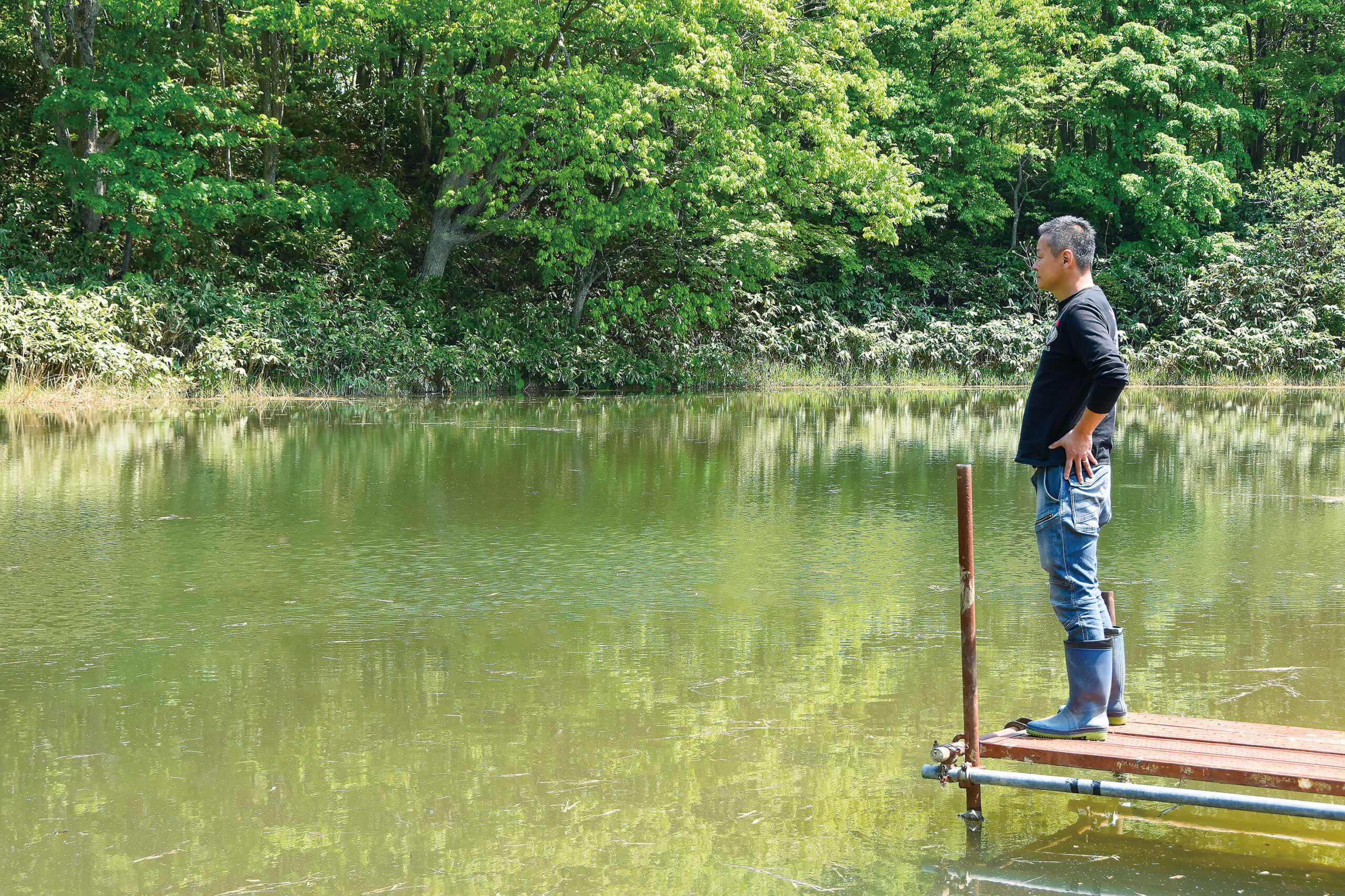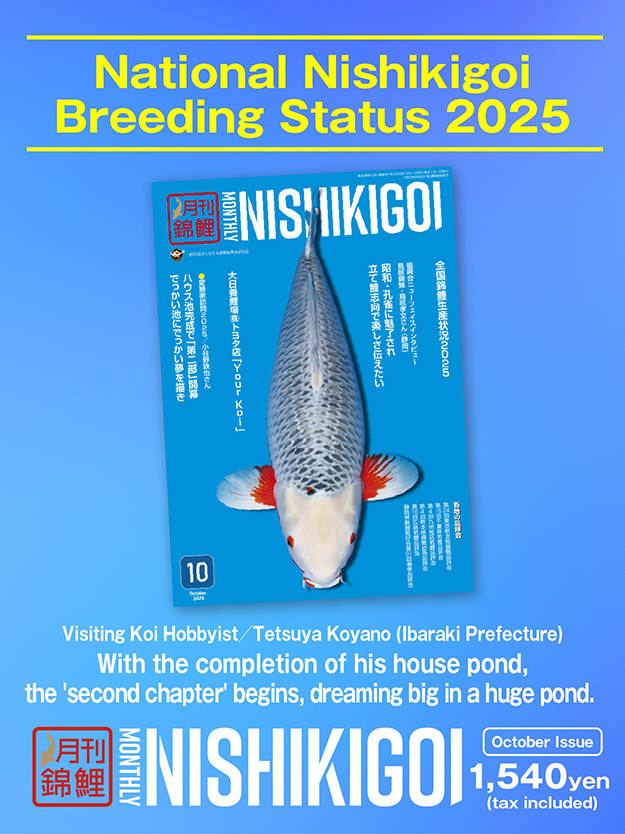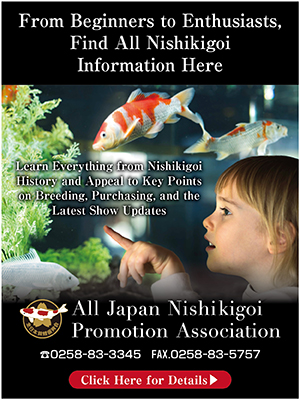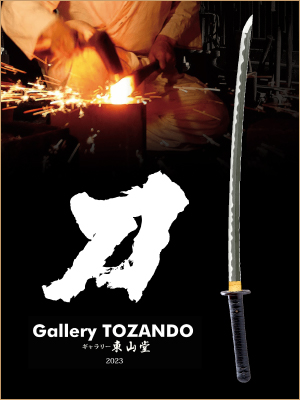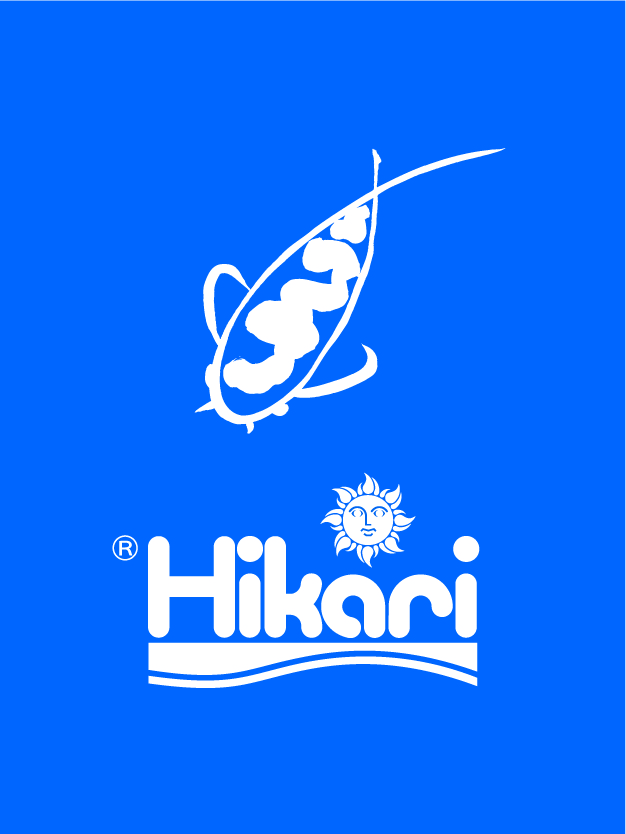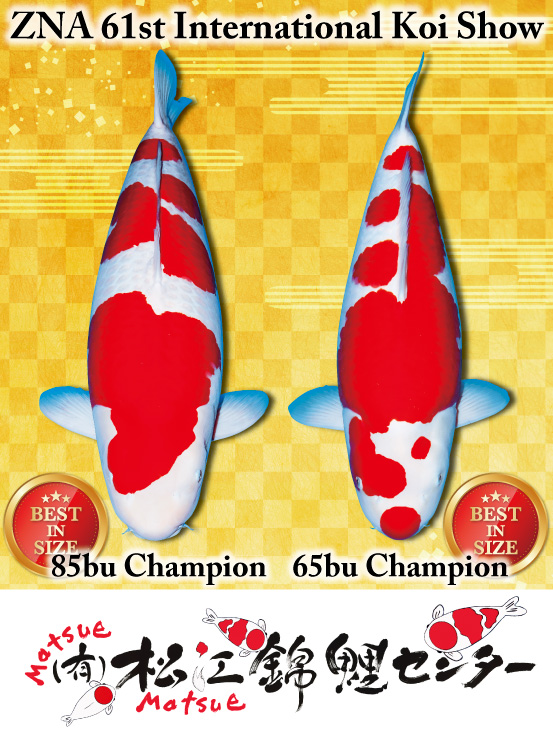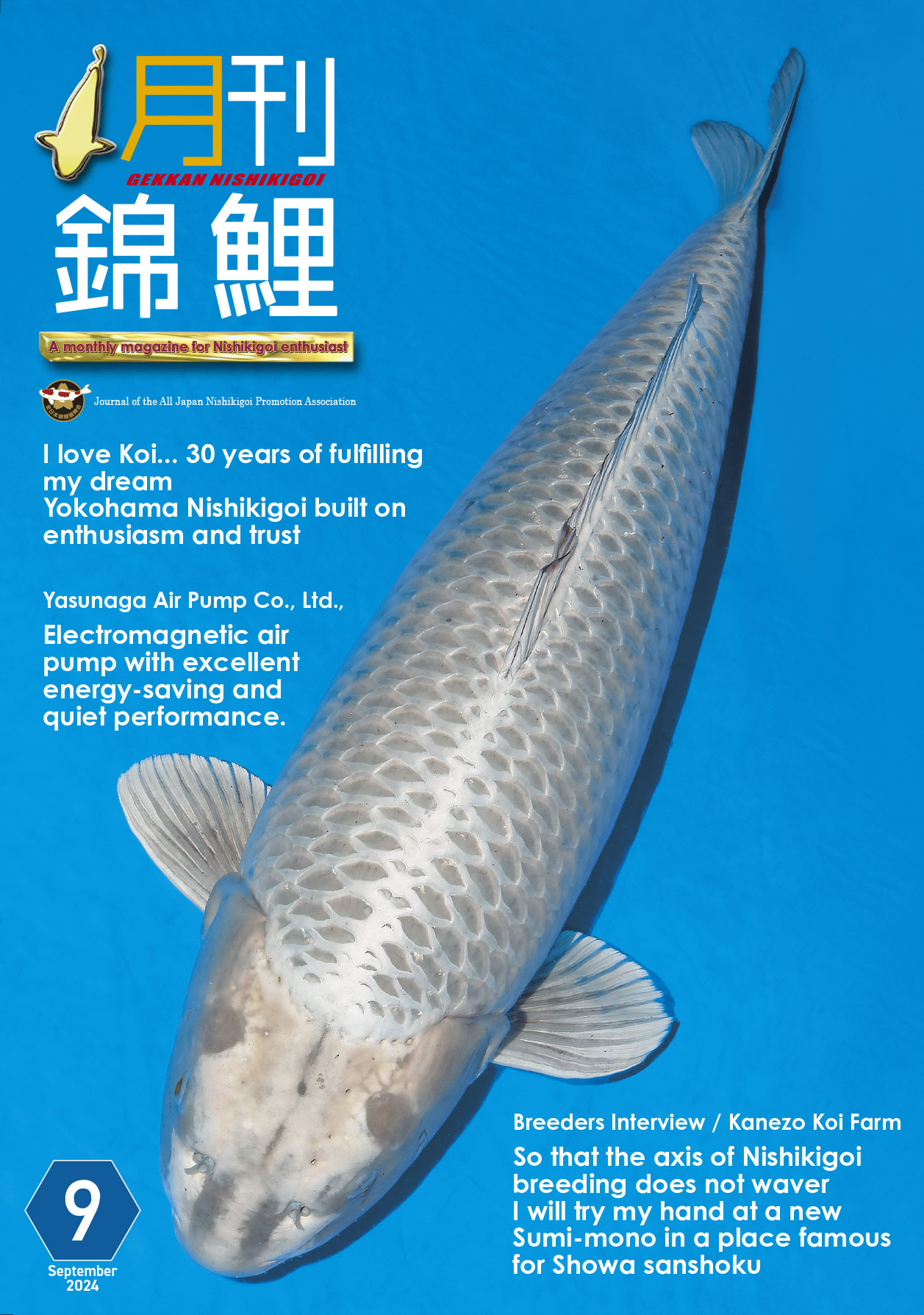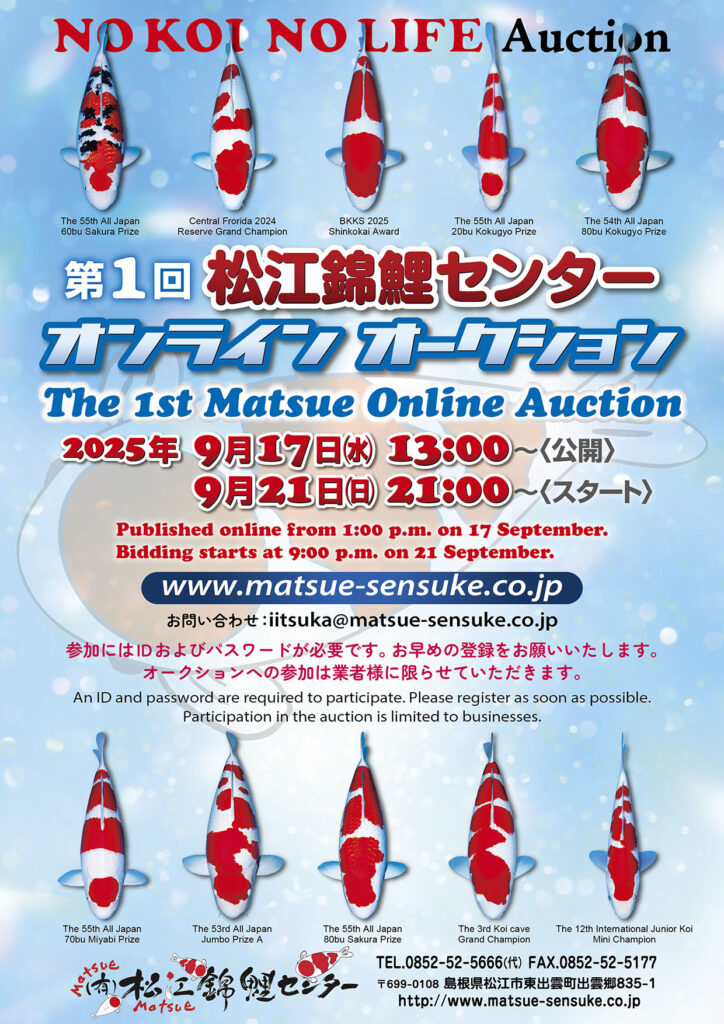The breeding period in wild ponds has lengthened due to climate change
Free from water shortages and heat stress
― Can you tell me about the annual production situation?
Takahashi: We raise about 50,000 fry each year. Of these, around 1,500 are brought up by autumn, and then we continue raising and selecting them at the store. This year, we haven’t been able to reduce the numbers much, so we still have about 300 lefts.
― That’s because some good koi were left, right?
Takahashi: Yes, that’s right. Usually, only about 150 remain, but this year, we couldn’t cull as many, so around 300 were left. Among them, there are quite a few that are truly exceptional, so we’ll raise them in the wild pond from now on.
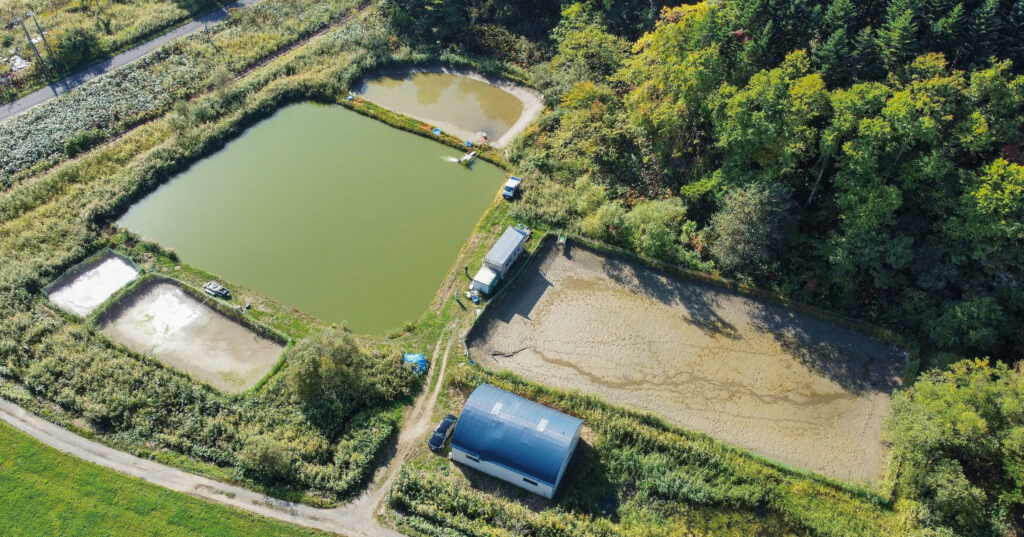
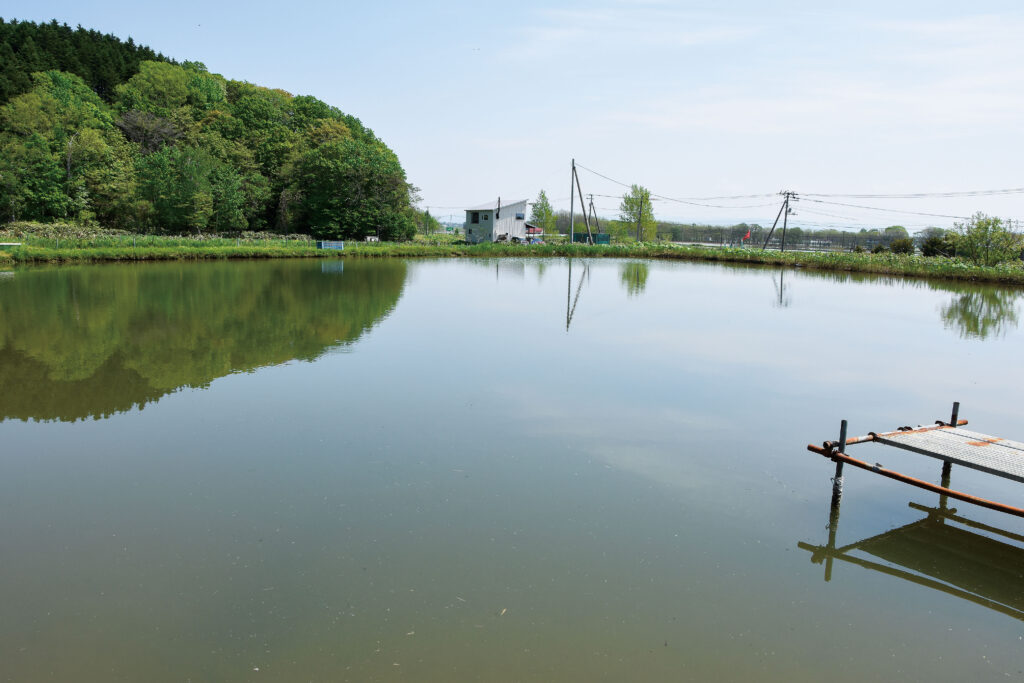
― When is the spawning season?
Takahashi: Around the second week of June. Then, they are harvested around mid-September.
― About how many centimeters is it at that point?
Takahashi: Last year, when they were raised, they were around 15 cm, give or take. The really nice ones that grew to about 7–8 cm were raised to be shown in the 12th Division of the All Japan Koi Show. When we’re selecting or raising them at wild pond, I always think this year’s batch isn’t great, but by November or December, surprisingly good ones start appearing—ones I didn’t even remember having. That’s part of the fun. I tend to keep the really dark ones, the ones where you can barely see the pattern. When we bring those to the shop, the sumi often starts coming out, and many of them end up looking much better.
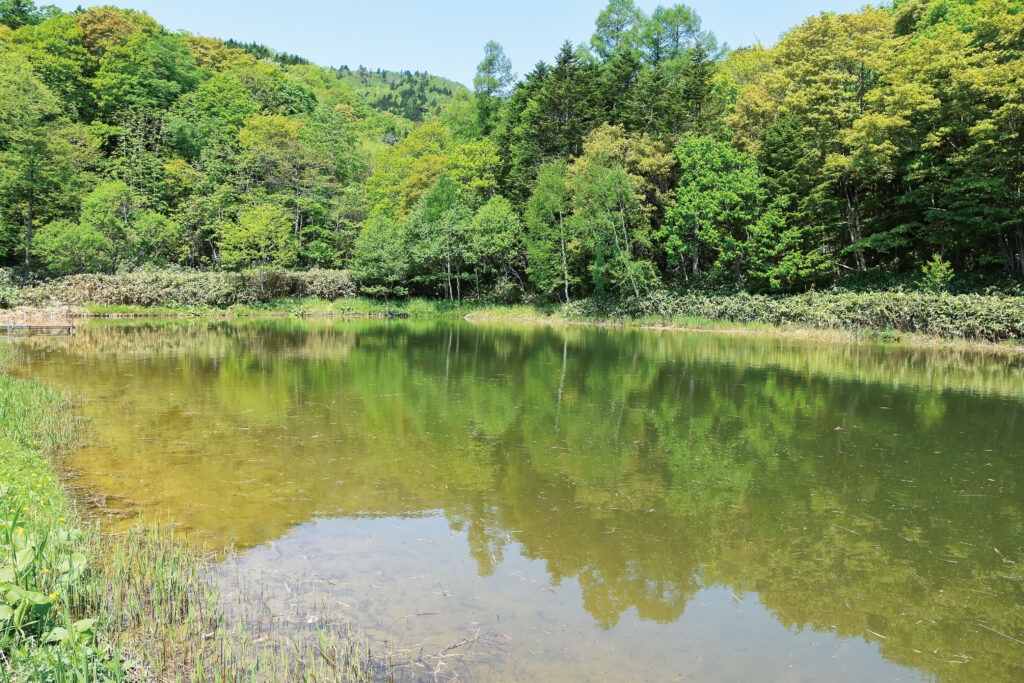
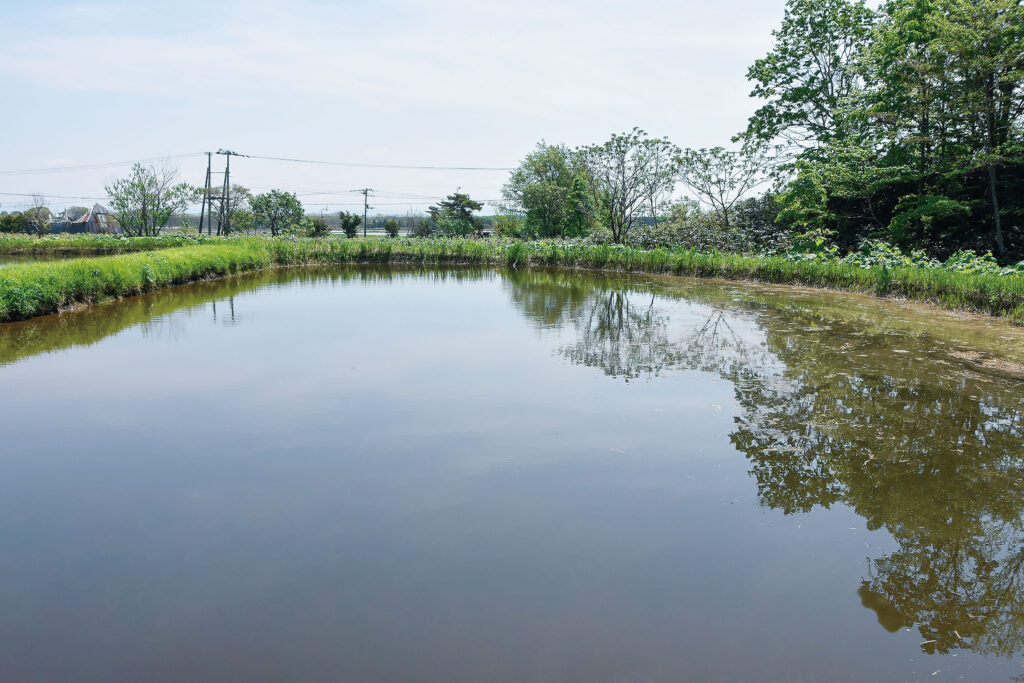
― How big will they grow by spring?
Takahashi:This year, they’re large, so about 30 cm. Since we’re raising them quite densely at about 4 tons, they won’t grow much bigger. The tosai that Yuasa-san took at the end of October have already reached 40–45 cm in his greenhouse pond. He’s raising fewer fish and feeding them quite generously. For the recent Hokkaido competition, we entered about seven tosai in the 35- and 40-size categories, but we still have some even bigger ones left.
― Since the parent koi are from the lineage of Dainichi and others, they have the potential to grow quite large, right?
Takahashi:That’s correct. The largest one has reached 97 cm.
― Is one brood the limit for spawning?
Takahashi:Customers often tell me I should also breed kohaku, but since I’m doing this alone, it’s difficult. Eventually, my ideal is to be able to breed at least the gosanke, but I don’t have much space to raise them after bringing them up in the fall. I only have about 4 tons and 2 tons for the tosai.
― In terms of business model, it’s quite different from before—it feels more like being a producer now.
Takahashi: Good koi are expensive to source, after all. That said, producing them also involves significant costs, so I do wonder how it’ll turn out. But there’s definitely a dream there.
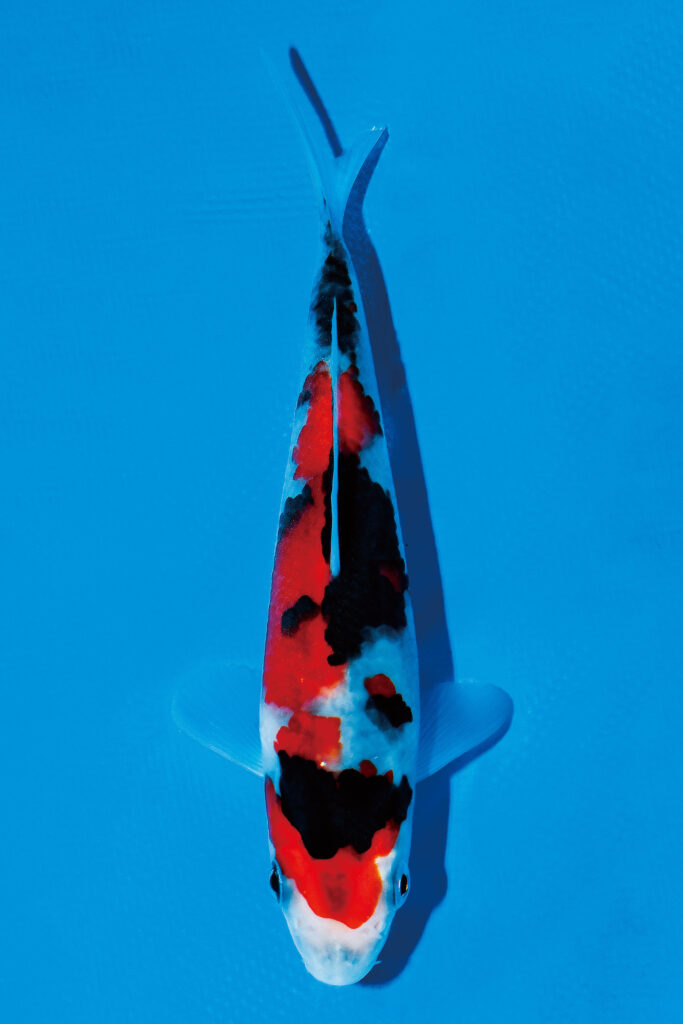
12bu Miyabi Prize
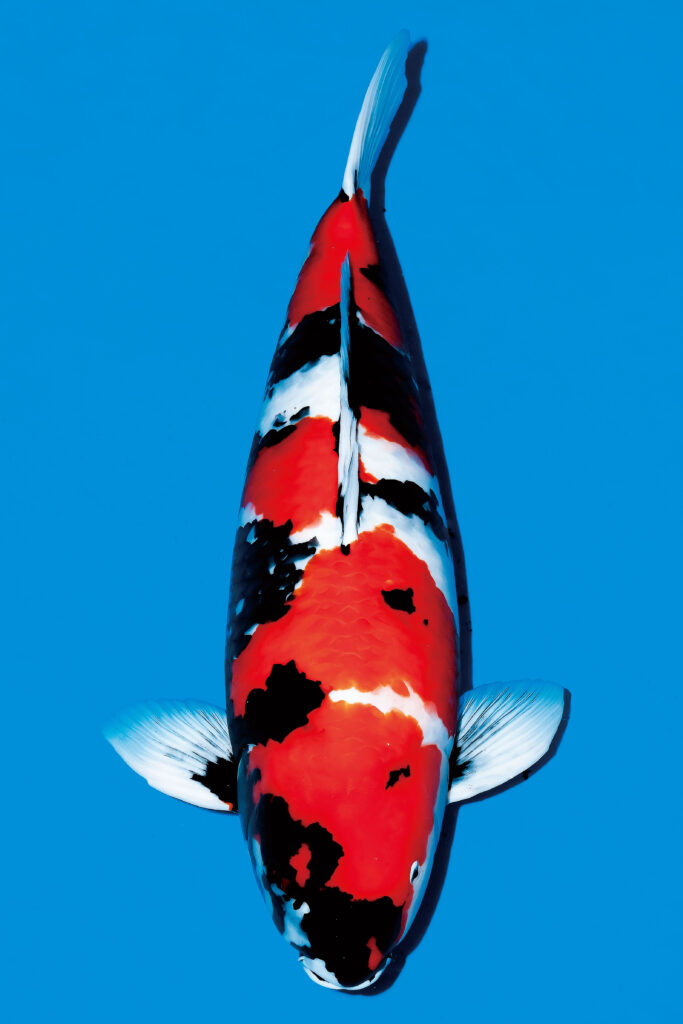
Grand Champion
― Is production work enjoyable?
Takahashi:Yes, it’s enjoyable. The customers also seem to have a lot of fun participating in the fry selection process with us.
― So you use the store’s fish tank for spawning?
Takahashi: That’s right. Around the third day, we sort the black fry and move them to the designated junior koi pond on the same day. For the sorting process, we used to just remove the black fry, but lately, we’ve been removing the yellow ones and leaving the black ones. The black fry only makes up about 30%, so it would be faster to remove them, but when we do, some yellow ones inevitably get mixed in, and those end up becoming defective tobi. Now, the junior pond only has high-quality showa, and no more defective ones appear.
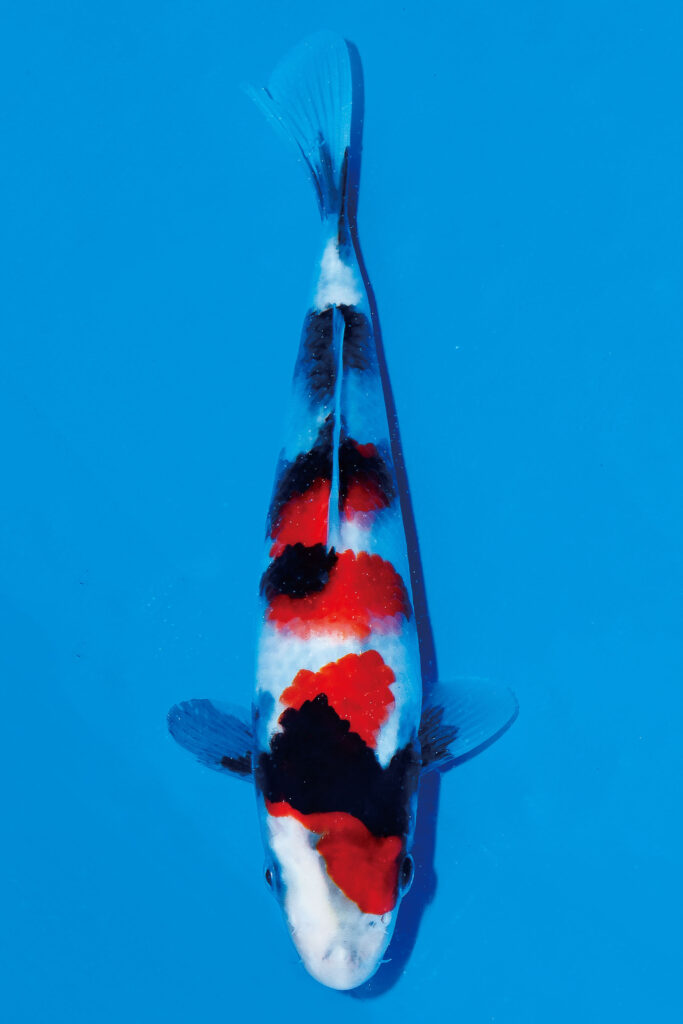
Baby Champion
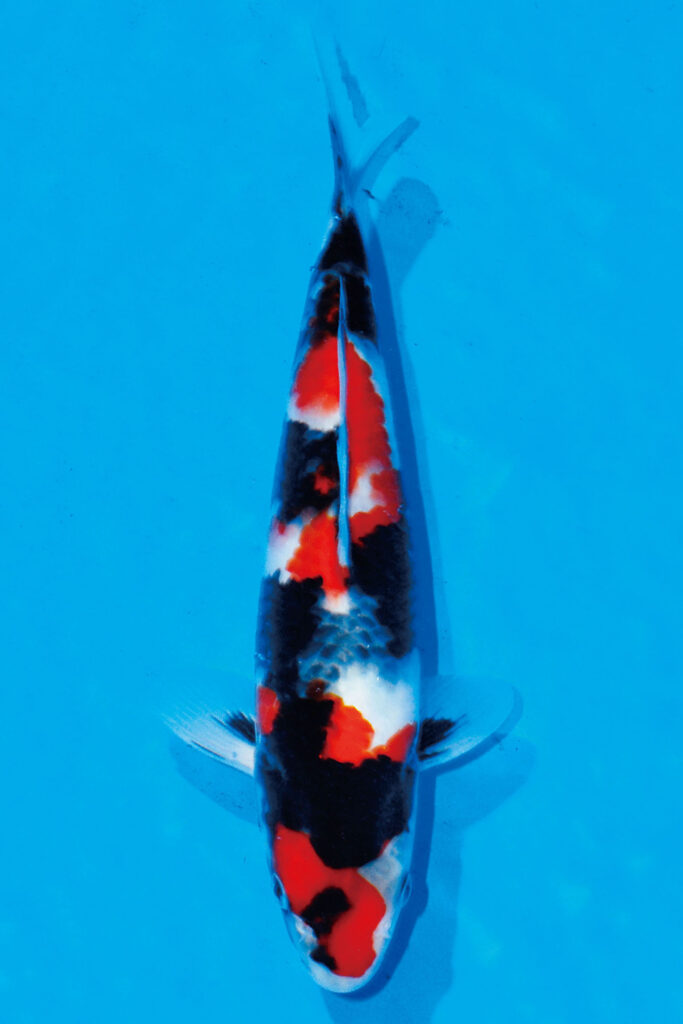
Baby Champion
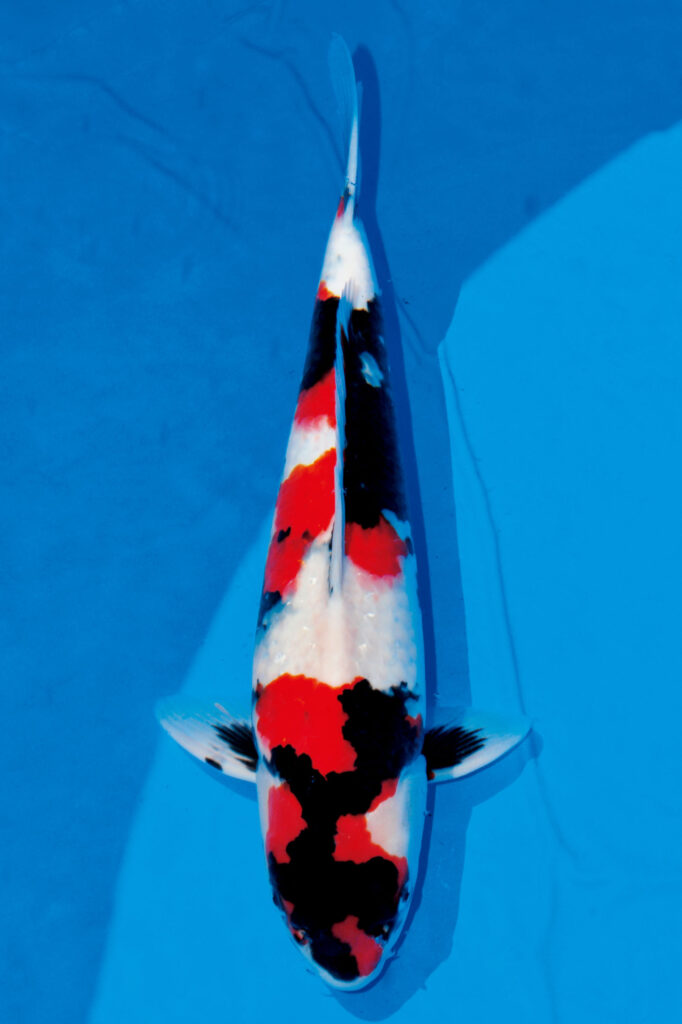
Young Champion
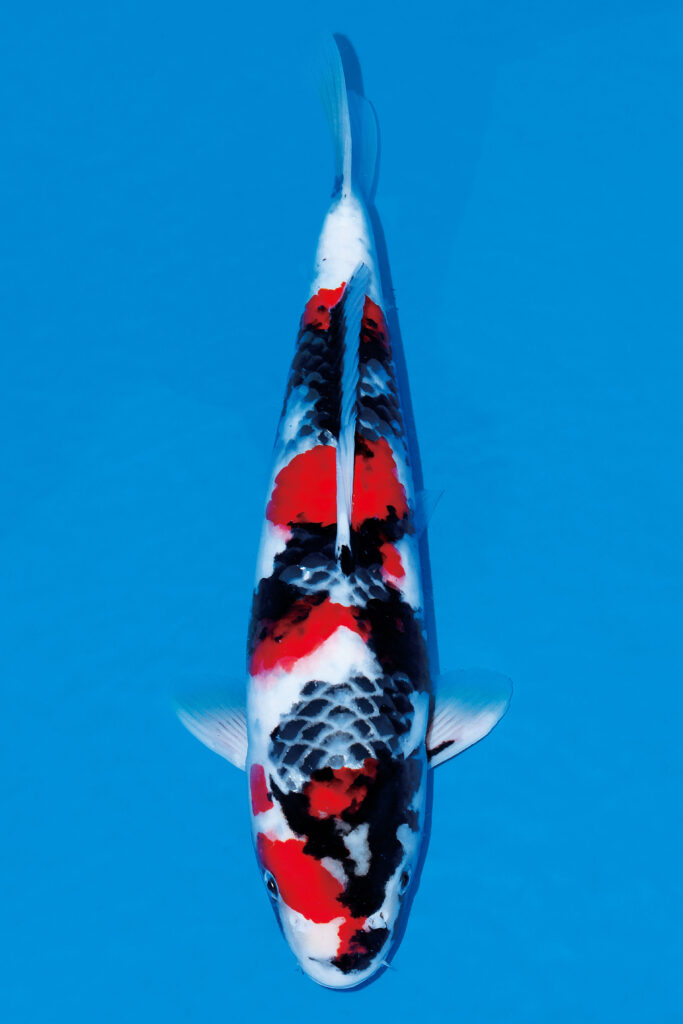
Young Champion
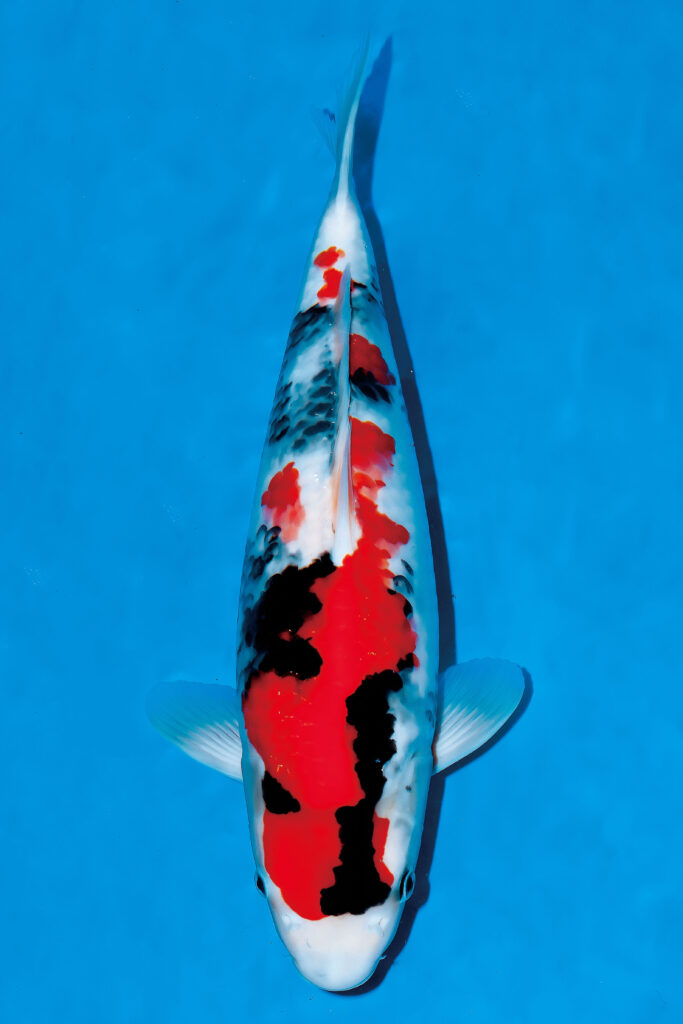
Grand Young Koi Award
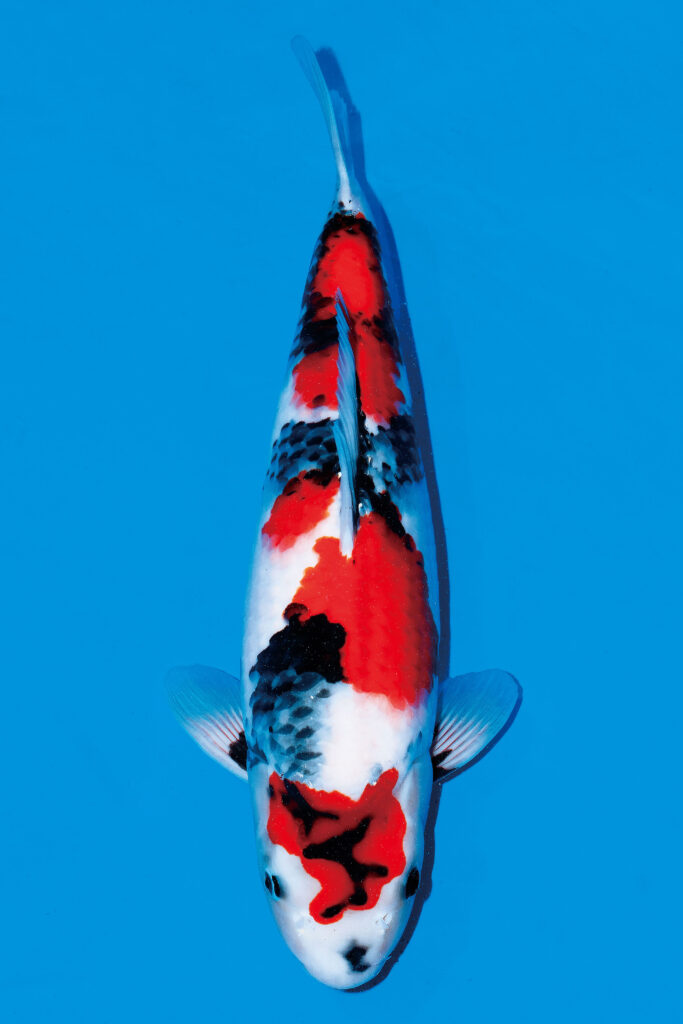
45bu Champion
― Do customers also help with things like draining the pool?
Takahashi:Of course. I couldn’t do it alone, so their help is really appreciated.
― It seems the wild pond has a really great environment,the water temperature is around 25°C?
Takahashi: During the peak of midsummer, it reaches about 24–25°C.
― Compared to areas south of Honshu, the summer weather here is more stable, and the mountain streams are abundant, never running dry. For breeders in mainland Japan who are struggling with recent extreme heat and heavy rainfall, this must be an enviable environment.
Takahashi: In the past, people used to think the wild ponds is not in Hokkaido. But now, it feels like the conditions are becoming more suitable. Compared to just over 10 years ago, the period we can keep the fish in wild ponds has extended by about a month. We can put them in a little earlier than before, and take them out a bit later too.
― The timing for the tosai is from mid to late September, and for those two years or older, it’s around the second week of October, so it’s not much different from the Niigata area, right?
Takahashi: The issue is that there’s only one batch, so if things go wrong, they really go wrong. That’s definitely the risky or scary part.
― If spawning and hatching don’t go well, do you ever try collecting another batch?
Takahashi: Two years ago, we failed in June and thought it was over, but we tried collecting another batch in August. We got a decent number, and it worked out, so that was good.
(To be continued in the part 2.)

